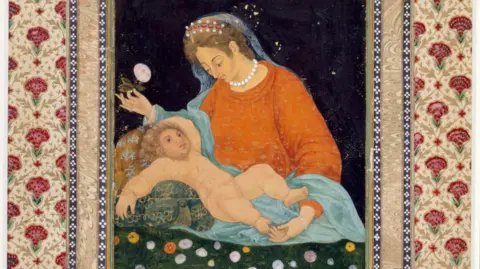 From the British Library archive
From the British Library archiveThe birth of Jesus Christ – a seminal biblical event – has been the subject of many paintings by Western artists, who have often applied the ideas of beauty and creativity prevalent there while depicting the event on canvas.
These works are among the most widely available representations of Christian art, shaping how the world views this biblical event and subliminally divesting those outside the West from influencing it.
But over the centuries, artists in India have sought to express their vision of this event by painting Jesus’s birth and other Christian themes in their own style.
Some have done so consciously, others unconsciously, but the end result is a body of work that breathes new life and meaning into the event of Christ’s birth, and Christianity itself.
Here are some paintings from Indian art history that present Jesus’s birth from a uniquely local perspective.
Mughal emperor Muhammad Jalaluddin Akbar is credited with introducing northern India to Christianity by inviting Jesuit missionaries to visit his court.
The missionaries brought with them holy scriptures and European artworks on Christian themes which influenced court painters. Akbar and his successors also commissioned many murals with Christian themes and some court painters began infusing these paintings with elements of Islamic art.
Neha Vermani, a historian of South Asia, talks about a painting made by Mughal court artists which featured emperor Jahangir in the nativity scene, which traditionally feature Mary, Joseph and baby Jesus.
“Mughal rulers saw themselves as being ‘just’ rulers, capable of maintaining harmony and balance in their kingdoms; they were ‘universal rulers’. Allowing different religions to co-exist was integral to how they saw themselves and wanted themselves to be remembered,” Ms Vermani says.
The 18th Century painting below features typical stylistic elements of Mughal art, including highly stylised figures, vibrant colours, naturalism and ornamentation.
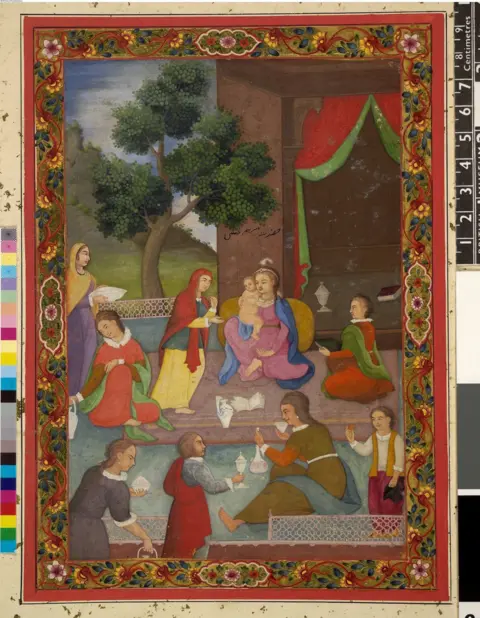 The Trustees of the British Museum
The Trustees of the British Museum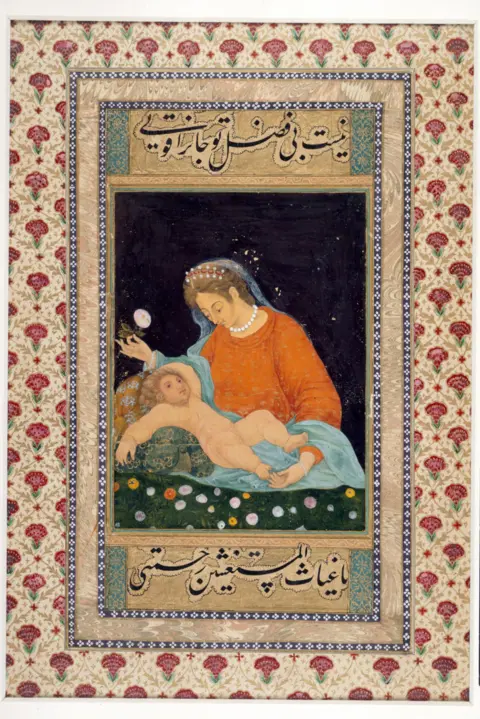 From the British Library archive
From the British Library archiveBorn in 1887 in what is now India’s West Bengal state, Jamini Roy is celebrated for creating a unique visual language by bringing together elements of Bengali folk art and Kalighat paintings – a distinctive art form that originated in the vicinity of a renowned temple in Kolkata city.
Ashish Anand, CEO and managing director of art firm DAG says that art critic WG Archer once observed that Christ represented a Santhal figure (the Santhals are an Indian tribal group) for Jamini Roy.
“The simplicity of Christ’s life and his sacrifice appealed to Roy, making his paintings on Christian themes at least as important as those on Hindu mythology, all of them rendered in the folk style of modernism that he made distinctively his own,” he says.
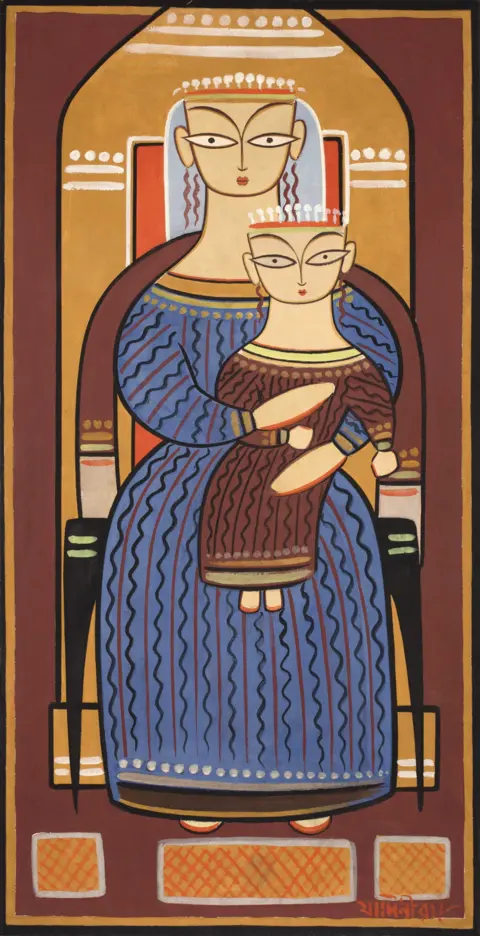 Image Courtesy: DAG
Image Courtesy: DAG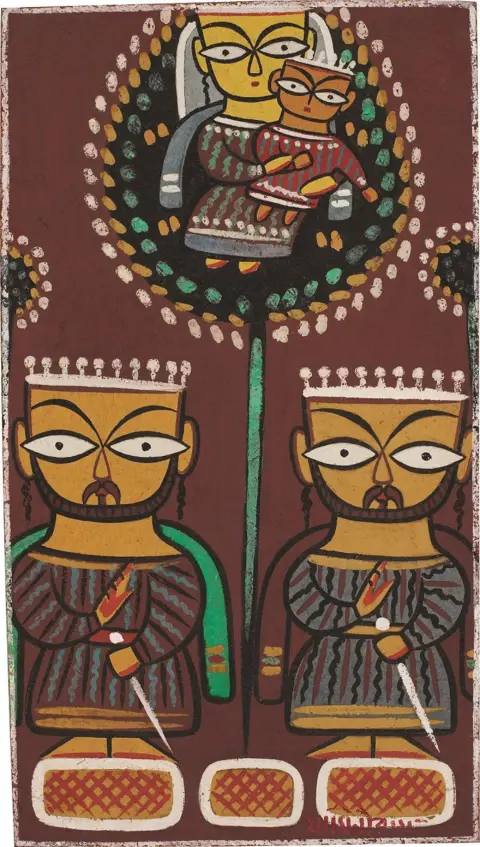 Image Courtesy: DAG
Image Courtesy: DAGBorn in 1902 in the western state of Goa, Angelo de Fonseca is credited with creating unique Christian iconography that married Eastern and Western influences with his Goan sensibilities.
In his paintings, Mary isn’t depicted as a fair maiden in a blue gown, but looks very much like an Indian woman with brown skin, dressed in a sari and wearing a mangalsutra (a piece of traditional Indian jewellery worn by married Hindu women).
Biblical scenes unfold in local settings and feature motifs and elements that speak to an Indian audience.
Through his art, he tried to counter the narrative of the West being the cradle of beauty and artistic creativity.
“Fonseca wanted to situate Christianity – which has largely been viewed as a western religious tradition – within the Indian subcontinent. It was from this angst that his watercolours painted Christianity anew,” Rinald D’Souza, director of the Xavier Centre of Historical Research, Goa, told the BBC.
 Xavier Centre of Historical Research, Goa
Xavier Centre of Historical Research, Goa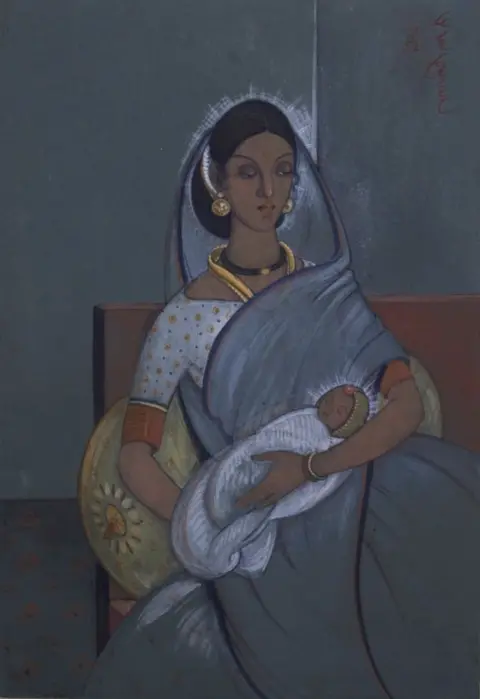 Xavier Centre of Historical Research, Goa
Xavier Centre of Historical Research, Goa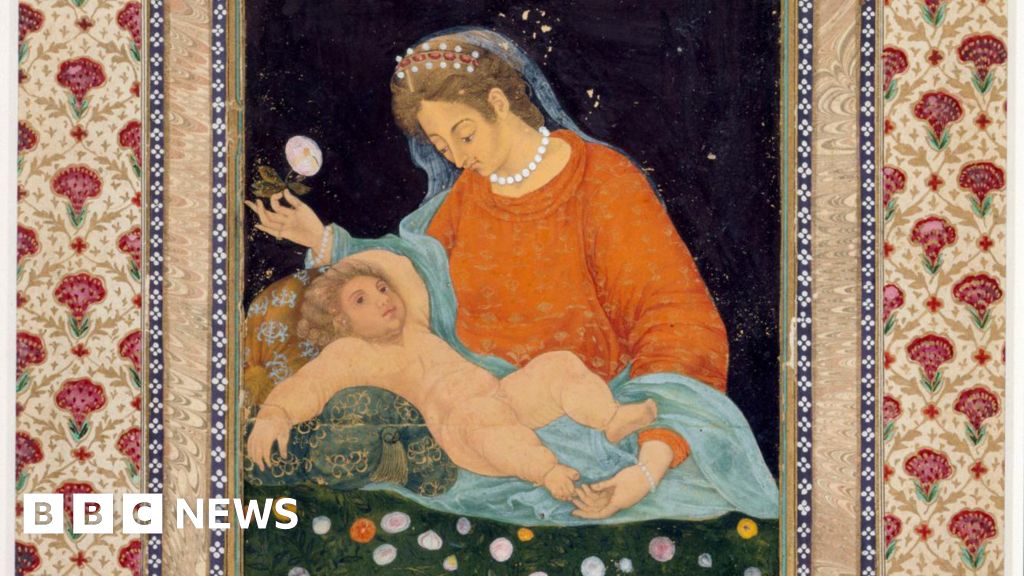

Leave a Reply